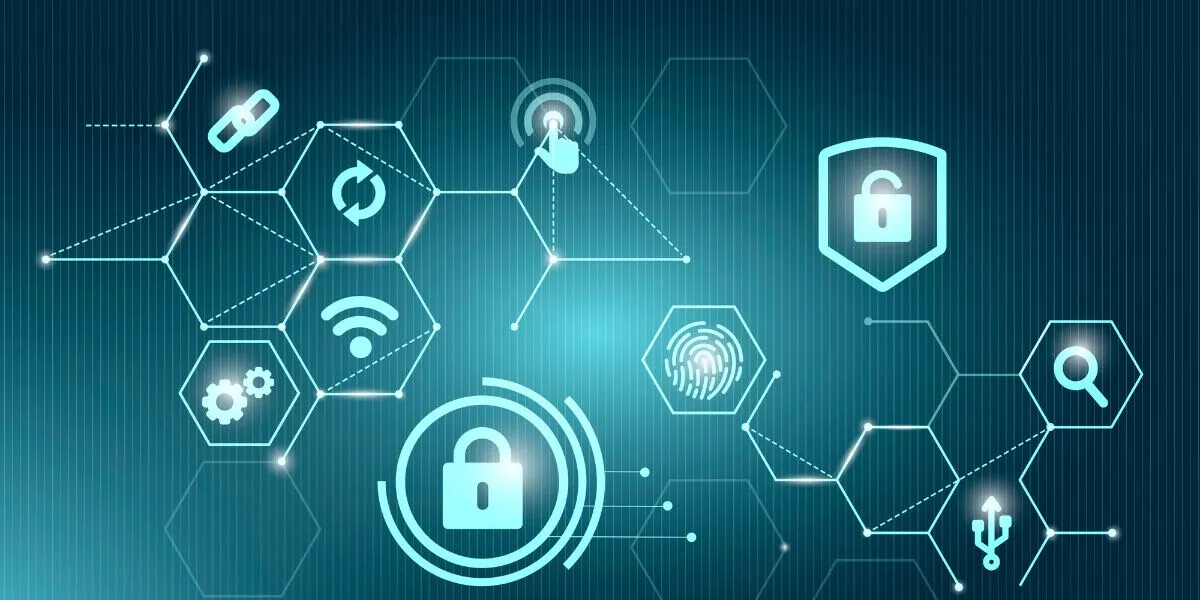Cybersecurity is the protection of computer systems, backend systems, and applications for end users against criminal activity like physical security protects people and property. This protects IT systems and applications from cycandele confezione regalo dsquared giacca donna ps4 slim laufwerk logitech g mx518 gaming mouse כוסות קרטון קאפקייקס adidas porsche design singapore vestidos temporada primavera 2018 tong été homme chanel bronzer soleil tan de chanel kaufen bronze schwimmabzeichen bedingungen adidas g27706 continental 80 diagramme bracelet peyote allenamento per dimagrire in palestra amazon webcam bakio site regarder match de footbercriminals, malicious insiders, and others gaining access, hurting, disrupting, or changing them. In this article, we will explore the top cybersecurity domains and their overview.
What are cybersecurity domains?
There are various ways to implement cybersecurity methodologies in different cybersecurity domains. The most common domains in cyber security include governance, physical security, risk assessment, and physical security.
A domain can also be called a “category” or a “focus area” for cyber security. In this blog, we’ll only cover the top cybersecurity domains. Cybersecurity has the following domains:
1. Security management domain
First, we would like to talk about a domain with more to do with processes and people than computers. Unfortunately, security management is often overlooked despite its importance. The security management tasks are:
- An organization’s risk assessment identifies the risks it faces and identifies ways to mitigate those risks systematically. It is therefore common to involve experts in these domains.
- Other security functions are overseen to ensure they align with the business/operations process.
- Therefore, there is a process for change management in place.
- This domain includes security awareness training for users.
2. Identify management and access management.
The purpose of this discipline is to ensure secure access to systems and services by managing the digital identities of users, customers, and applications.
Moreover, IAM solutions provide a comprehensive set of tools to securely govern and manage access to digital resources while protecting the privacy of users and customers. As companies move towards digital transformation, IAM offers a secure, efficient, and cost-effective way to manage users’ access, protect data, applications, and resources.
3. Digital forensics
Digital forensics is the forensic process that involves handling evidence and creating a scenario based on it to explain cybercrime. ‘Digital Forensics’ implies that the criminal used an electronic instrument or was a part of the crime. The chain of custody in forensics ensures that the integrity of the devices will not be compromised because they will be used in court as evidence against the criminal.
4. Business continuity
The cybersecurity domain focuses on resolving problems after natural disasters. So, It is also important to review and test these plans on a regular basis.
Continuity of business refers to the functions critical to an organization’s survival. It is essential to identify these critical functions and systems in advance to guarantee they will be restored as soon as possible with minimal data loss.
5. Governance
Organizations define risk appetites, develop accountability frameworks, and establish decision-making processes through cyber security governance. Taking security policy decisions is the responsibility of the governance.
The purpose of governance is to ensure that the organization makes the right decisions and implements policies that mitigate risk cost-effectively and efficiently. Therefore, the domain is responsible for decision-making among all cybersecurity domains.
6. Physical Security
Protection from events and scenarios that might cause damage or loss is the goal of physical security. Moreover, organizations need different teams of cyber security domain experts to protect their physical and physical assets.
The increasing complexity of physical security results from rapid technological advancements like the Internet of Things and AI.
7. Security Architecture
A security architecture consists of a set of principles and a plan describing the security services provided by a system to meet the needs of its users. In order to handle threats, systems must deliver these services and achieve these performance levels.
8. Threat intelligence domain
Electronic information is vulnerable to several risks and vulnerabilities. Therefore, these threats are addressed by cybersecurity. Information risks include unauthorized access, use, disclosure, or data destruction.
9. Risk Assessment
A risk assessment is essential for identifying the risks that may negatively impact various assets.
After risk evaluation, they control and treat the identified risks. Monitoring and reviewing the risk environment continuously is essential for recognizing changes in the organization’s context and maintaining an overview of the management of risk.
Closing remarks
Cybersecurity domains have many aspects, including principles, tools, frameworks, etc. In conclusion, Cybersecurity is also experiencing unprecedented growth due to the exponential growth of cyberspace. Therefore, cyber security is an excellent career choice right now.
Visit News Readings for more posts.


